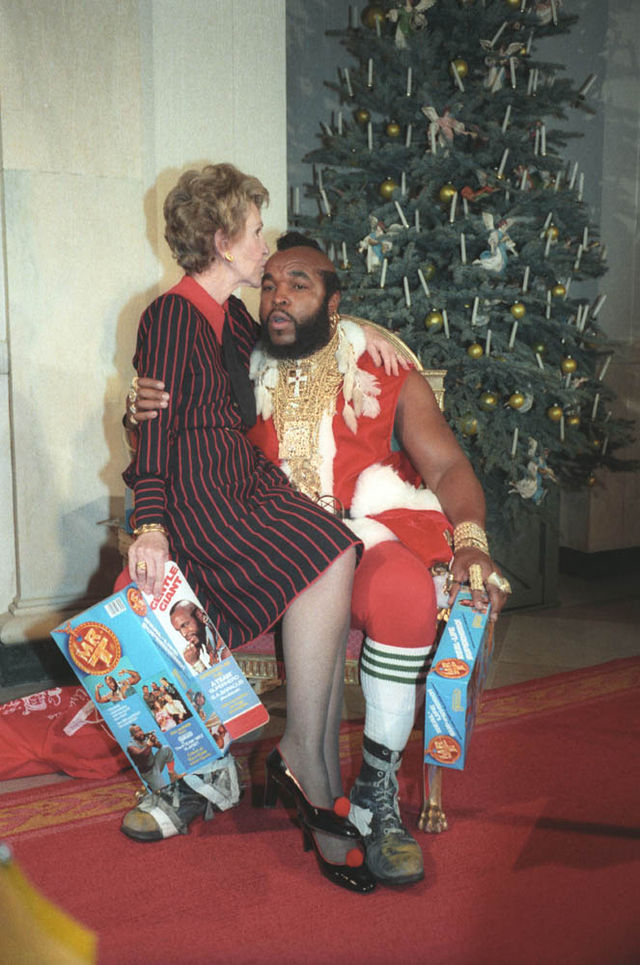Loading AI tools
Hairstyle From Wikipedia, the free encyclopedia
The mohawk (also referred to as a mohican) is a hairstyle in which, in the most common variety, both sides of the head are shaven, leaving a strip of noticeably longer hair in the center. Mohawk hairstyles have existed for thousands of years. As of the 21st century, they are most commonly associated with punks, or broader non-conformity.
This article possibly contains original research. (February 2017) |




The mohawk is also sometimes referred to as an iro in reference to the Iroquois (who include the Mohawk people), from whom the hairstyle is supposedly derived – though historically the hair was plucked out rather than shaved. Additionally, hairstyles bearing these names more closely resemble those worn by the Pawnee, rather than the Mohawk, Mohicans, Mohegan, or other groups whose names are phonetically similar.[citation needed]
The world record for the tallest full mohawk goes to Joseph Grisamore, also known as the Mohawk King, who has a 108-centimetre (3 ft 6+1⁄2 in) tall mohawk,[1][2] while the world record for the tallest mohican hairstyle goes to Kazuhiro Watanabe, who has a 113.5-centimetre (3 ft 8+1⁄2 in) tall mohawk.[3]
While the mohawk hairstyle takes its name from the people of the Mohawk nation, an indigenous people of North America who originally inhabited the Mohawk Valley in Upstate New York,[4] the association comes from Hollywood and more specifically from the popular 1939 film Drums Along the Mohawk starring Henry Fonda.[citation needed]
The Mohawk and the rest of the Iroquois confederacy (Seneca, Cayuga, Onondaga, Tuscarora, and Oneida) in fact wore a square of hair on the back of the crown of the head. The Mohawk did not shave their heads when creating this square of hair but rather pulled the hair out, small tufts at a time. The following is a first-hand account of James Smith, who was captured during the French and Indian War and adopted into the Mohawk tribe:[citation needed]
[A] number of Indians collected about me and one of them began to pull hair out of my head. He had some ashes on a piece of bark in which he frequently dipped his fingers in order to take a firmer hold, and so he went on as if he had been plucking a turkey until he had all the hair clean out of my head, except a small spot about three or four inches square on my crown the remaining hair was cut and three braids formed which were decorated[citation needed]
Therefore, a true hairstyle of the Mohawks was one of plucked-out hair, leaving a three-inch square of hair on the back crown of the head with three short braids of hair decorated. The three braids of a True Mohawk hairstyle are represented today on traditional headdresses of the Mohawk known as a Gustoweh. Mohawk Gustowehs have three upright eagle feathers that represent the three braids of long ago.[5] When not decorated, the very short braids were allowed to hang loose as seen in Good Peter's image in the referenced article.[citation needed]
The name Mohican is more common in the UK, popularized by the use of the style in the 1971 BBC adaptation of The Last of the Mohicans, though in that show it was actually worn by characters representing the Huron people.[citation needed]

The hairstyle has been in existence in many parts of the world for millennia. For instance, the Clonycavan Man, a 2000-year-old male bog body discovered near Dublin, Ireland, in 2003, was found to be wearing a mohawk styled with plant oil and pine resin.[6] Herodotus stated that the Macai, a northern Libyan tribe, "shave their hair so as to leave tufts, letting the middle of their hair grow long, but round this on all sides shaving it close to the skin."[7]
Among the Pawnee people, who historically lived in present-day Nebraska and in northern Kansas, a "mohawk" hairstyle was common.[citation needed]
When going to war, 16th-century Ukrainian Cossacks would shave their heads, leaving a long central strip. This haircut was known as an oseledets or chupryna, and was often braided or tied in a topknot.[8]
During World War II, many American GIs, notably paratroopers from the 17th Airborne Division, wore mohawks to intimidate their enemies.[9][10] It was also occasionally worn by American troops during the Vietnam War.[11][12] In the early 1950s, mohawks were worn by some jazz musicians such as Sonny Rollins.[13][14]


Although a mohawk is most widely defined as a narrow, central strip of upright hair running from the forehead to the nape, with the sides of the head bald,[15][16] the term can be applied more loosely to various similar hairstyles, many of which have informal names.

Seamless Wikipedia browsing. On steroids.
Every time you click a link to Wikipedia, Wiktionary or Wikiquote in your browser's search results, it will show the modern Wikiwand interface.
Wikiwand extension is a five stars, simple, with minimum permission required to keep your browsing private, safe and transparent.